Barrel Spotlight: One Mash Bill, Two Unique Paths
Welcome back to the Brindiamo Barrel Spotlight, our weekly email series highlighting the barrels, distilleries, and market dynamics shaping today’s...
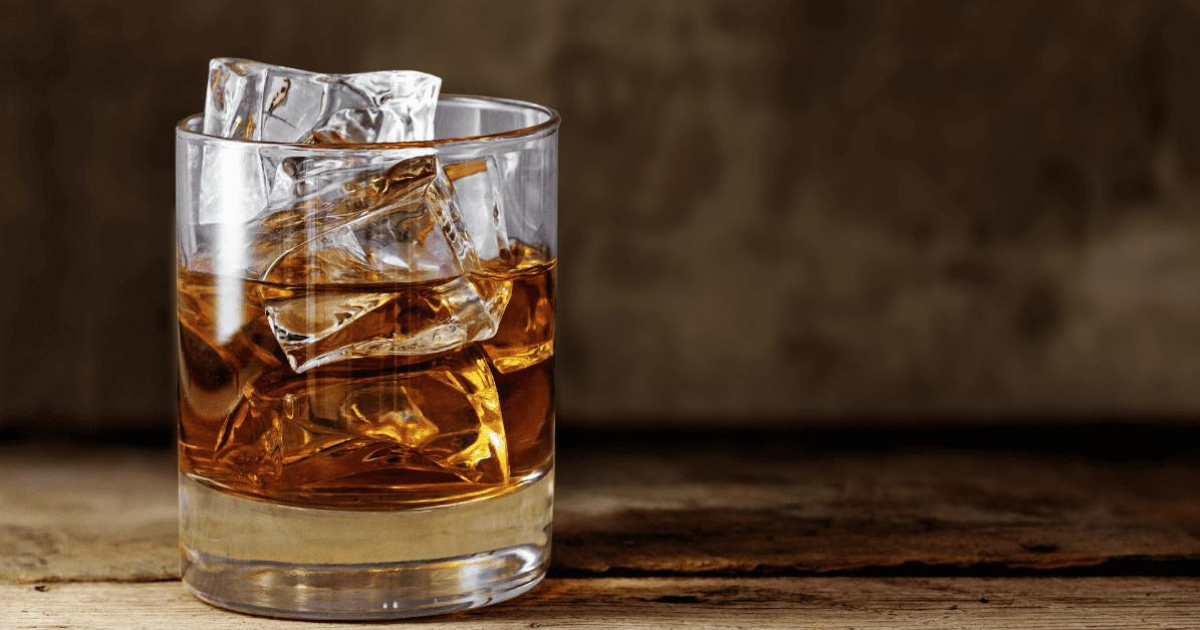
Whiskey has a fascinating history dating back centuries, originating in Scotland and Ireland. A group of monks first introduced the distillation process, producing what we now know as Scotch. As early European settlers made their way to the Americas, they brought along the production methods, leading to the development of the whiskey and bourbon we enjoy today.
Exploring various elements of the distillation process can significantly impact the flavor profiles of whiskey. Each type—be it whiskey, bourbon, or Scotch—requires specific criteria to meet. Let's delve deeper into the world of whiskey and uncover all the essential details you need to know.
The aging process is directly influenced by the time whiskey spends in the barrel. The longer it interacts with the barrel, the more pronounced the flavor changes become. External climate conditions play a crucial role in speeding up the aging process.
As temperatures vary, the whiskey interacts differently with the wood. Warmer temperatures promote a closer bond with the barrel, leading to increased evaporation and flavor changes. Kentucky's unique climate, with its four distinct seasons, allows the barrels to expand and contract, enhancing the whiskey's profile. In contrast, Scotland's consistent year-round weather results in a completely different and distinctive taste.
Temperature and warehouse conditions are closely intertwined. The storage facility plays a crucial role in maintaining the ideal temperature for whiskey aging. Some distillers take meticulous steps to ensure the perfect flavor profile by carefully controlling factors such as the building's location, color, sunlight exposure, and warehouse materials.
Furthermore, it's important to consider how the barrels are stored. Optimizing the barrels' exposure to temperatures by constructing plinths and moving them to different locations can significantly impact the development of flavor. Without a climate-controlled cooling system, various building characteristics will leave their mark on the whiskey.
If the method for storing the barrels impacts that distilling process, everything about the barrel influences the spirit.
When considering storage, size plays a crucial role. The industry standard for American whiskey is typically 53 gallons, although some newer producers may opt for smaller sizes like 30 gallons. The size of the barrel directly impacts how much the whiskey interacts with the wood. Smaller barrels, for instance, can lead to a quicker aging process. However, this may compromise quality as the spirit doesn't have as much time to develop its flavors through natural climate changes.
Different types of wood have varying compositions. While oak is commonly used, different variants can enhance the flavor profile. By choosing Spanish oak, Japanese Mizunara oak, or American oak, you can distinguish your spirit from competitors. These wood types also contribute to balance, acidity reduction, and the development of underlying notes. It's safe to say that the choice of wood for the barrel plays a significant role in defining the characteristics of the spirit.
Another interesting aspect of the wood is charring. Bourbon, by definition, requires charring, which imparts the classic vanilla and caramel sweetness. Distillers have the flexibility to choose the level of charring they prefer, as burning the wood at different intensities can alter the flavor profile. The method of charring, whether with an open flame or dry heat, also significantly influences the taste.
A rudimentary formula for whiskey is grain, yeast, and water. But not all ingredients are created equal.
To be recognized as whiskey, bourbon, or Scotch, specific criteria must be adhered to. For instance, bourbon must contain at least 51 percent corn, while rye whiskey needs to have a minimum of 51 percent rye grain. Scotch is distinctively crafted solely from malted barley. Once these essential standards are fulfilled, it paves the way for innovative and strategic experimentation to develop a truly distinctive and remarkable flavor profile.
Fundamentally, whiskey utilizes a corn base, incorporates rye for flavor, and uses barley for fermentation. However, don't hesitate to adjust ratios to craft a taste that mirrors your unique style. Yeast also plays a crucial role, as the strain selected during fermentation can significantly affect the final flavor profile.
Another method to create a distinctive flavor profile is by incorporating peat or smoke. Peat bogs and peat fires have long been utilized in the production of Scotch. Different grain smoking techniques, such as peat, beechwood, and cherry wood, can be combined to craft something truly exceptional.
Different characteristics are influenced by the precision of your cuts. The distillate is divided into two parts: the head and tails. The head typically holds the flavor, while the tails contribute to a lesser quality of the overall product. The way you choose to manage the cuts flowing from the barrel will ultimately impact the final characteristics.
Discussing the significance of distillation and stills, a recent Eater article noted:
"A distillery may opt for double distillation for their whiskey, a traditional method but not mandatory for Scotch, or triple distillation, which is standard for Irish whiskey."
In whiskey production, two main types of stills are employed: pot stills and column stills. These tools are crucial in the mash-making process, with each still's design, size, and components imparting distinct characteristics to the spirit. Elements such as heating techniques and construction materials also play a significant role in shaping the whiskey's flavor.
With decades of experience in the process of whiskey production, Brindiamo Group can offer advice and guidance on how to develop the best-branded whiskey. For more insider knowledge on the alcohol beverage industry, visit Brindiamo Group’s website.
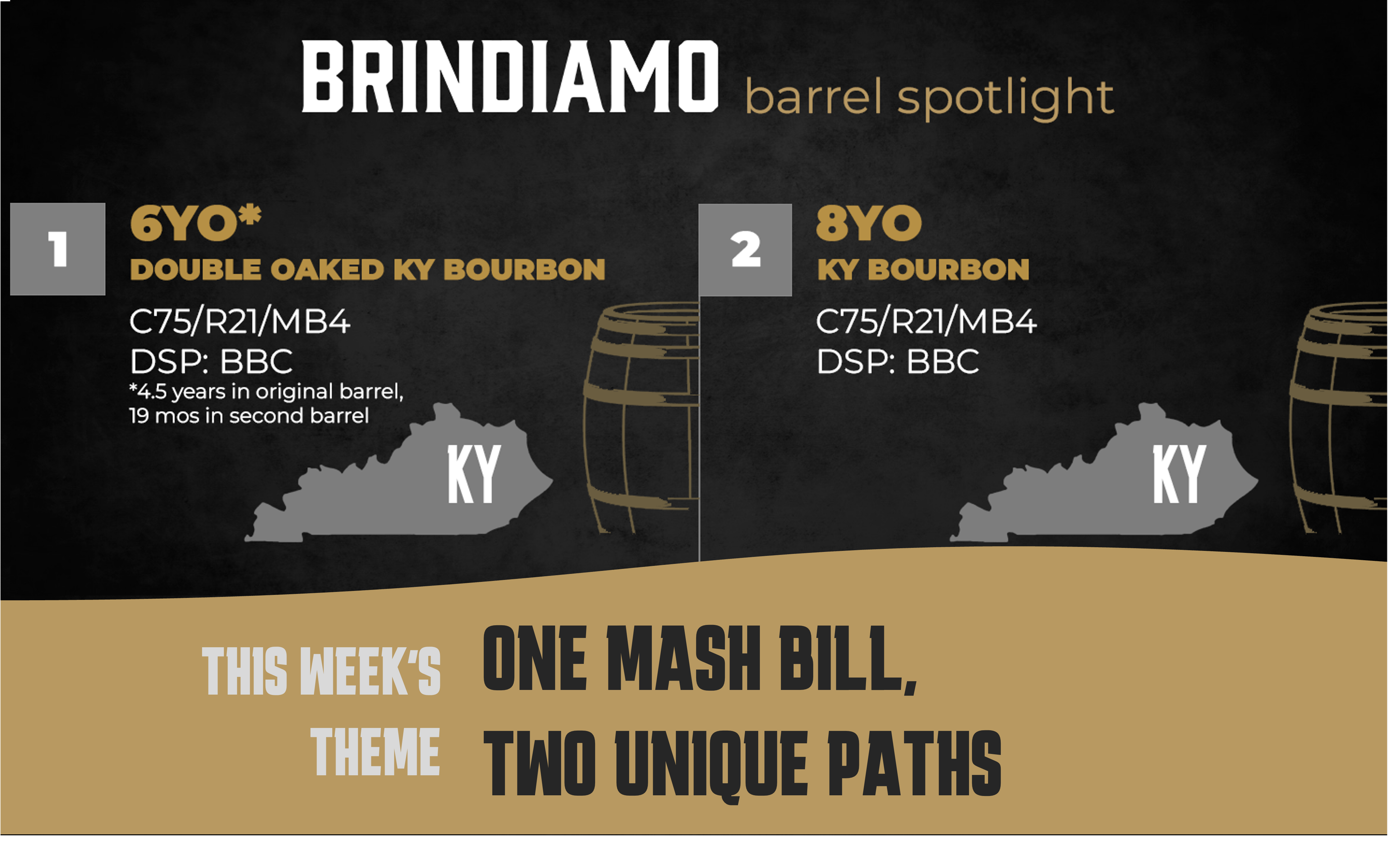
Welcome back to the Brindiamo Barrel Spotlight, our weekly email series highlighting the barrels, distilleries, and market dynamics shaping today’s...
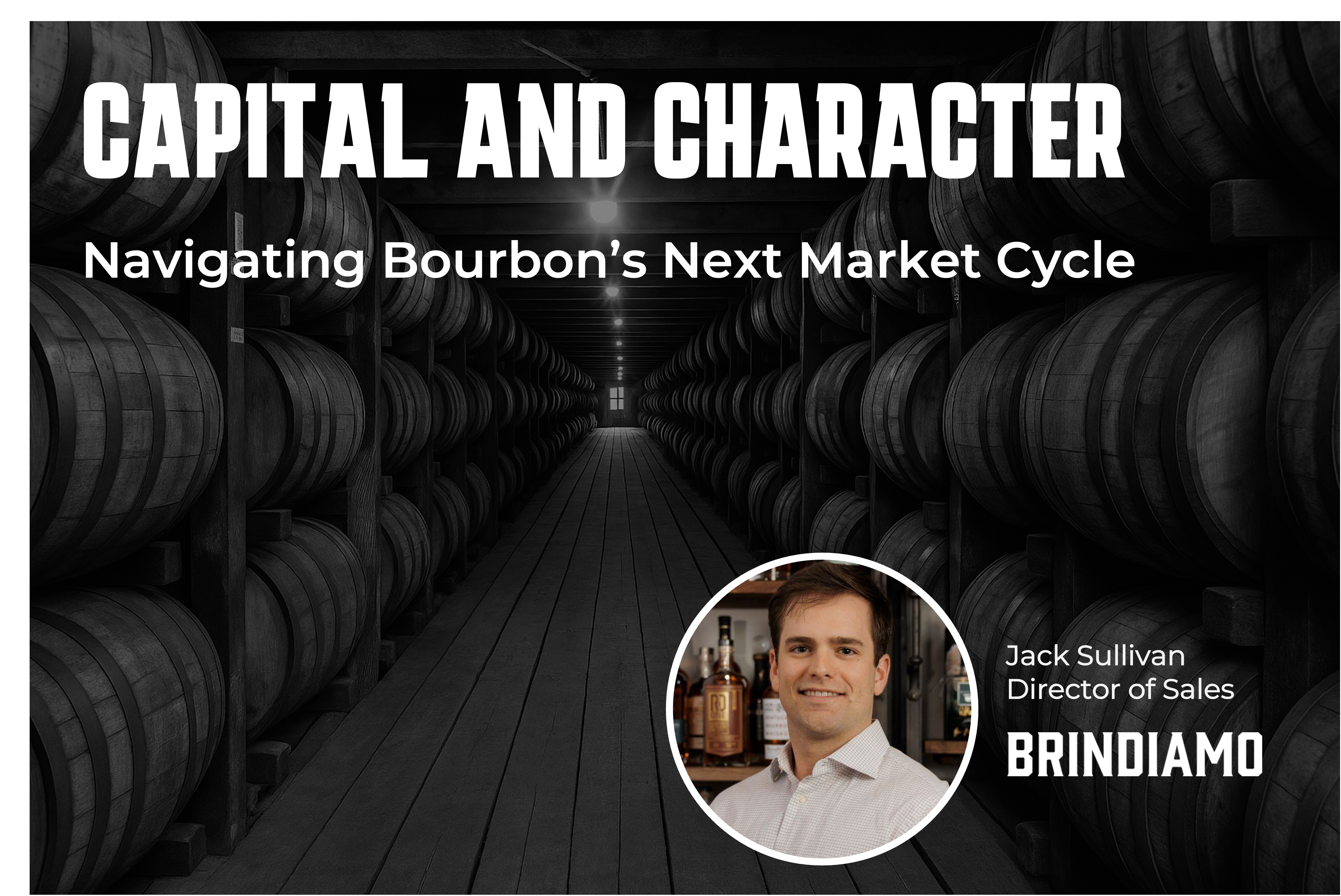
The market for bourbon barrels is bifurcated. Over the course of the last 24 months, the conversation has shifted from how to find whiskey to how to...
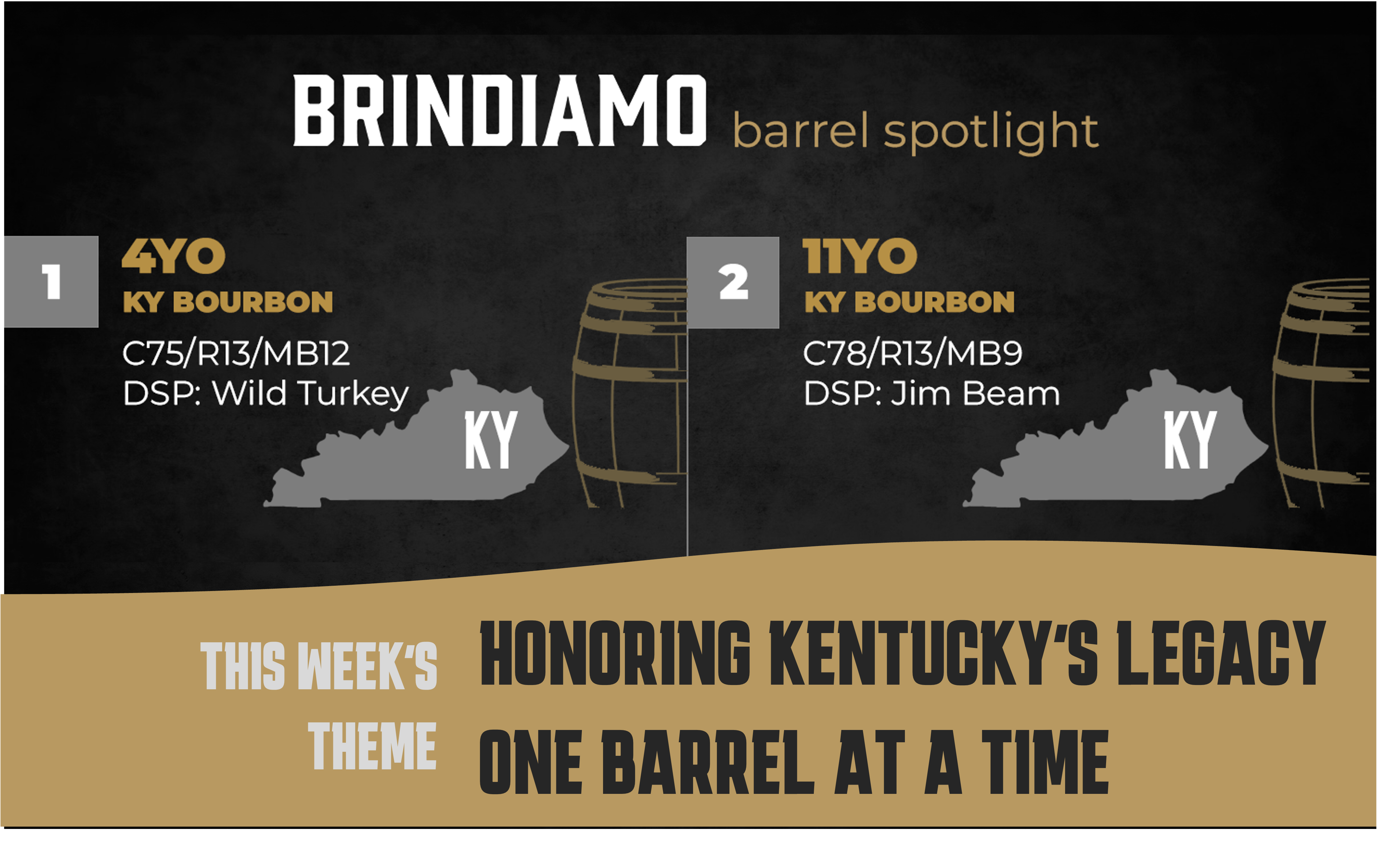
Welcome to the Brindiamo Barrel Spotlight, our weekly series celebrating the barrels, distilleries, and market dynamics shaping today’s whiskey...
.png)
Running a successful distillery requires precision, consistency, and strategic planning. From managing raw materials to ensuring compliance with...
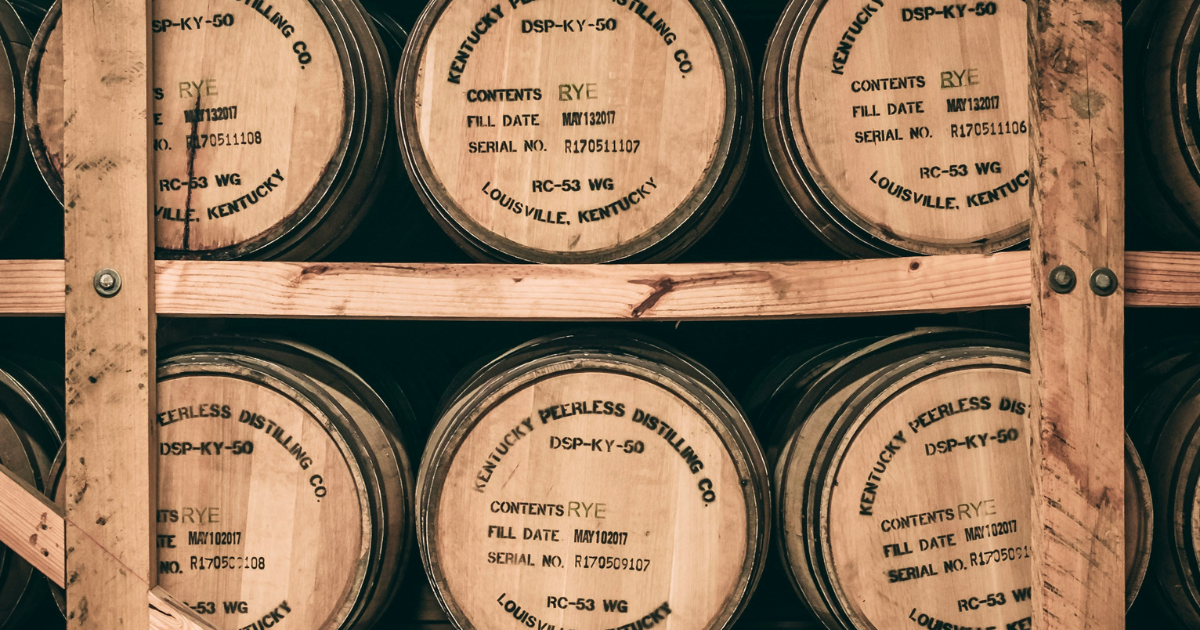
Bourbon’s popularity has surged in recent years, attracting collectors, investors, and producers alike. At the center of its value? The barrel. But...

Whiskey demand is growing around the world, but how it’s getting into the hands of new drinkers is evolving. At Brindiamo, we travel...
Join the conversation
Leave a comment below.